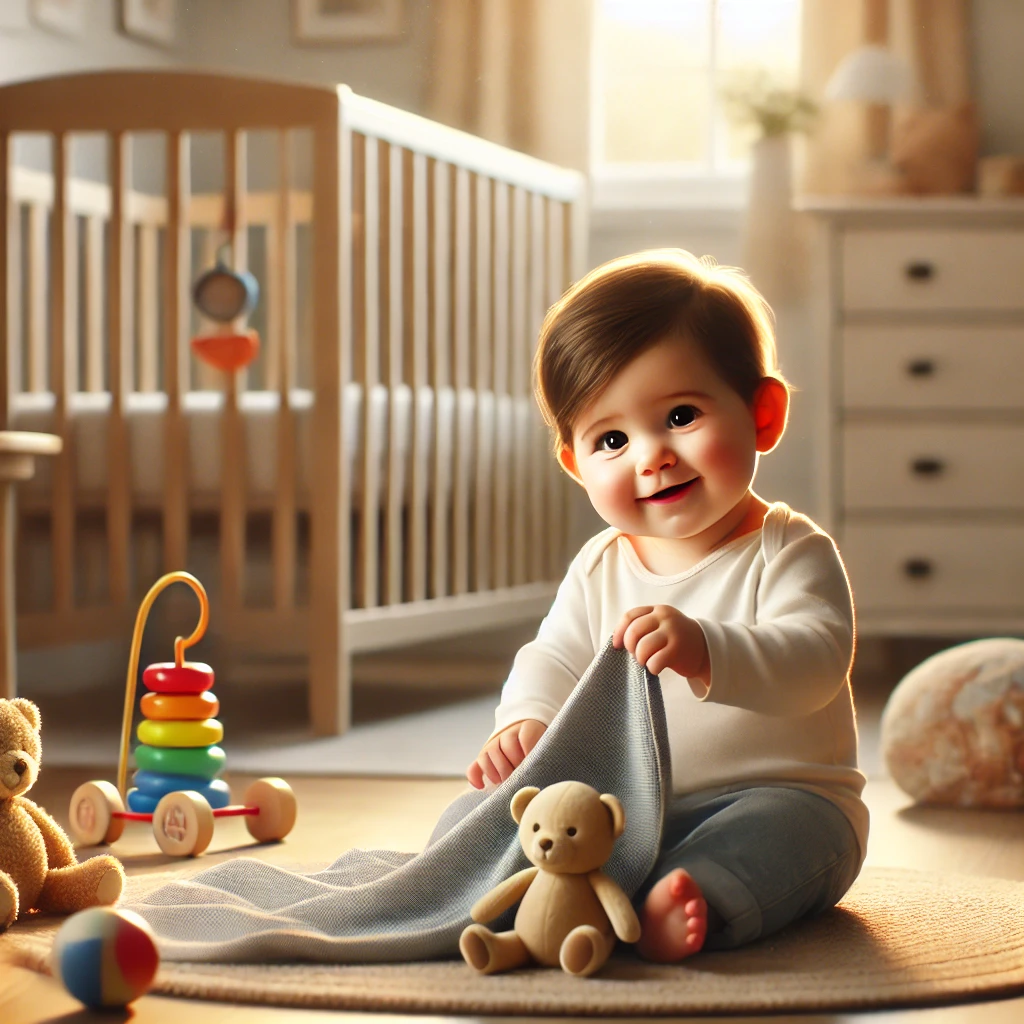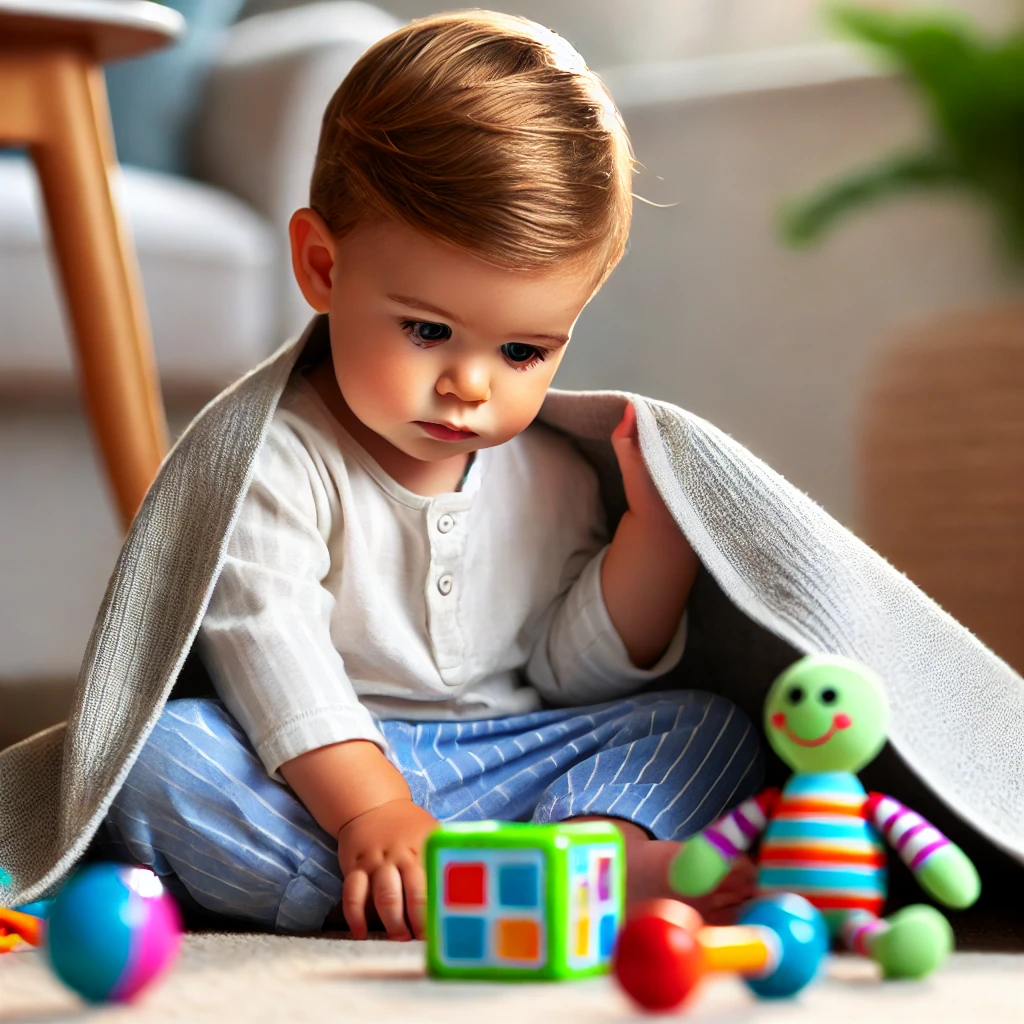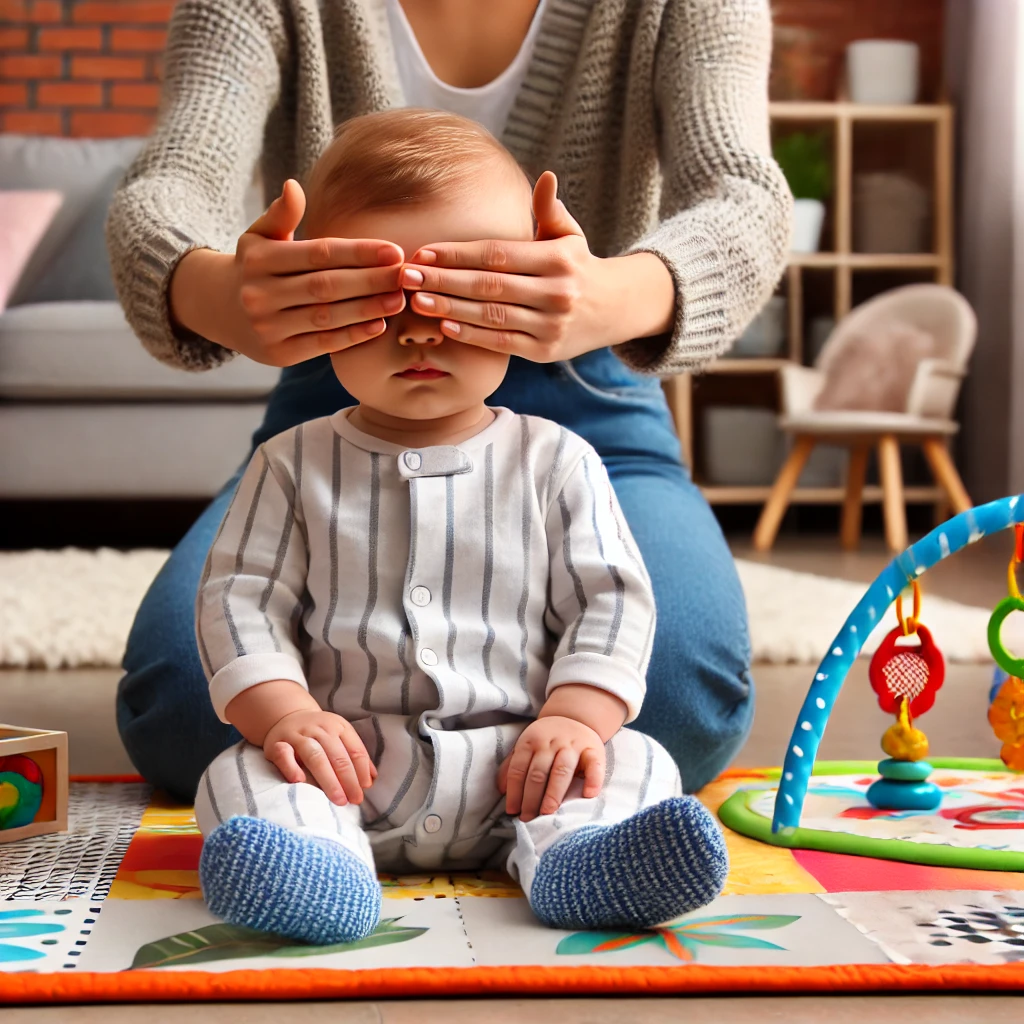Introduction
Object permanence is a fundamental milestone in an baby's cognitive development and influences how they perceive and interact with the world. Swiss psychologist Jean Piaget extensively studied this phenomenon and placed it within the sensorimotor stage of his theory of cognitive development.
What is Object Permanence?
Object permanence refers to your little one's ability to recognize that objects and people still exist -- even when they are out of sight. For example, a baby who has developed object permanence will actively search for a toy that is hidden under a blanket with the full understanding that it hasn't vanished. Piaget identified this milestone as a key achievement during the window from birth to around two years of age.
When Do Babies Develop Object Permanence?
Piaget originally proposed that object permanence emerged between 8 and 12 months of age. However, subsequent research showed that infants may exhibit signs of object permanence as young as 3.5 to 4.5 months old.
Factors influencing the development of object permanence include the frequency of interactive play, parental engagement, and individual cognitive differences.
Why is Object Permanence Important?
Developing object permanence is crucial for several aspects of cognitive and emotional growth:
- Memory Development: Recognizing that objects continue to exist when unseen enhances an infant's memory capabilities.
- Separation Anxiety: Understanding that caregivers exist even when not present can influence the onset and intensity of separation anxiety.
- Problem-Solving Skills: Grasping object permanence lays the foundation for logical thinking and problem-solving abilities in later stages of development.
How to Teach Object Permanence to Babies
Parents and caregivers can foster the development of object permanence through engaging activities:
- Playing Peek-a-Boo: This classic game helps babies understand that people reappear after being hidden, reinforcing the concept of continued existence.
- Playing Hide and Seek with Toys: Conceal a favorite toy under a cloth and encourage your baby to find it, promoting active searching behavior.
- Using Transparent Containers: Place a toy inside a clear container, allowing the baby to see it while understanding it's out of reach, which reinforces the idea of visibility and existence.
- Playing the "Where’s the Ball?" Game: Hide a ball under one of several cups and encourage your baby to track its location, enhancing their tracking and memory skills.
Signs of Delayed Object Permanence Development
While developmental timelines can vary between children, certain signs may suggest a delay in object permanence:
- Lack of interest in searching for hidden objects beyond 12 months of age.
- No discernable reaction to games such as peek-a-boo during the expected developmental window.
- Difficulty recognizing familiar caregivers after brief separations.
If such behaviors are observed, it is advisable to consult with your pediatrician for further evaluation.
How Object Permanence Prepares Babies for the Next Stages of Development
Mastering object permanence is a foundational step that supports future cognitive milestones, including:
- Enhanced Memory Retention: Remembering the existence of objects and people aids in the development of more complex memory functions.
- Increased Independence: Understanding that caregivers will return after absences can reduce anxiety and encourage independent exploration.
- Advanced Problem-Solving: Recognizing that objects exist even when not seen allows infants to engage in more complex problem-solving activities.
Object permanence is a critical aspect of your baby's cognitive development and influences memory, problem-solving, and emotional security. By engaging in simple, enjoyable activities, you can support this important milestone. Explore Lifora's resources to further assist your child's learning journey.
© 2025 ‐ Didactiic




